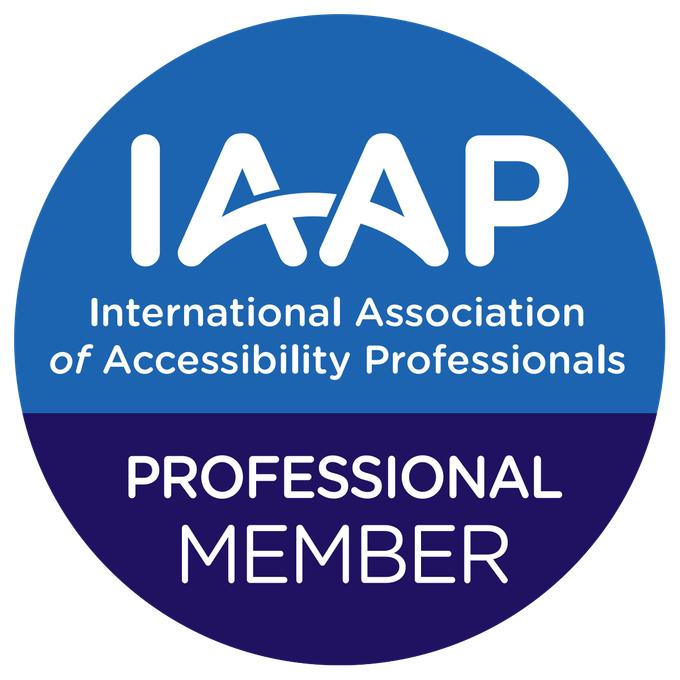What is VPAT?
All over the world there is now awareness and demand for accessible digital products. The demand also increases during the development and planning stages, when contracts are signed, and of course when the customer receives the product.
Usually, the manufacturer is required to answer whether their product is accessible with a “yes” or “no,” but the answer, or product accessibility assessment, is much more complex than that. The ITI (the body that developed the VPAT) claim that the way to assess accessibility is not with a “yes” or “no,” but rather by assessing the degree of compliance with each regulation, taking into account the severity of each regulation. But how would a customer or manufacturer know how to perform this assessment?
Well, this is the VPAT – a well-organized and recognized format for assessing product accessibility developed by the ITI.
It should be noted that the VPAT itself is not the report, but a format for creating a report. In English, they use the abbreviation ACR – Accessibility Conformance Report to indicate the report itself.
Who needs the VPAT?
Both buyers and manufacturers will want to have a recognized and accepted way to assess the accessibility of the product.
For example: application manufacturers, web applications, and on the other hand, purchasing bodies, government companies, etc.
For which technologies is a VPAT needed?
For any digital product that wants to receive an accessibility assessment, an ACR based on the VPAT can be prepared, from documents to websites to applications.
What standards does the VPAT support?
There are 4 VPAT documents – three documents for the leading standards in the world today and they are:
- In Europe ETSI EN 301 549
European Standards Institute – based on WCAG 2.1
- In the United States Section 508
Standard for purchasing products for the United States Federal Market
- And of course the versions of WCAG developed by WWW
The international standard we know and love
And one more document that unites all three standards together, you can download them here:
https://www.itic.org/policy/accessibility/vpat-training-modules
So what should this VPAT look like?
In fact, we create an ACR, which is the report generated from the VPAT, and it is actually a (very long) table that will look something like this:

The table will consist of 3 columns
- The criteria – defined according to the VPAT
- The degree of compliance – only VPAT terms may be used
- The forests – this is your place to express yourself
And there is also a lot of METEDATA that needs to be added to the report
It is not necessary to generate the ACR in Word, it can be done in any format as long as it is accessible.
The METADATA necessary for using VPAT
- It must be noted in the final document that VPAT was used and that the name VPAT® is used for copyright protection
- The ACT must be accessible
- The document must contain at least:
- Title – Company name + Accessibility Conformance Report
- VPAT Information in the header line about the VPAT TEMPLATE
- Name and version of the product tested
- Date – at least month and year
- Product description
- Contact address
- Notes – only if any, if not, leave blank
- Evaluation methods that helped produce the report – very important!
- Standards used to produce the ACR
- Definition of concepts – only these terms may be used
- Supported
- Partially supported
iii. Not supported
- Not applicable
- Not tested
- Tables for each standard or criterion – the information will appear in the tables
- WCAG information – reference to the A AA AAA compliance level
- Detailed notes about compliance for each line – why not supported? Is there an alternative?
The ACR should include:
- Legal information
- Company logo
 The table will consist of 3 columns
The table will consist of 3 columns




